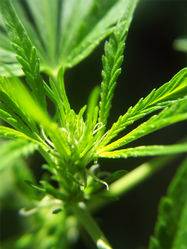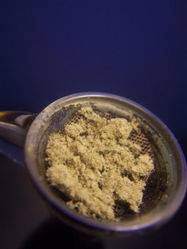Organic Fanatic Collective
Something I've learened over time is that alot of key information and great discussions between organic growers gets lost in all the threads we have going.
It seems lately wise and time honoured tricks of the trade are being diluted or lost and with no stickys yet for this new forum we need to scrounge up old classics and reminisce.
This thread is intended as gathering place where organic fanatics can hang out, shoot the shit about soil and teas, share our organic qualms or our environmentalist angst and somewhere in there answer any questions about organics.
Post your recipies for teas, soil, ideas on soil recycling, ask for help, anything goes.
So roll up a fat one with your best cured sweetness and chill with your like minded peeps.
Suby
Something I've learened over time is that alot of key information and great discussions between organic growers gets lost in all the threads we have going.

It seems lately wise and time honoured tricks of the trade are being diluted or lost and with no stickys yet for this new forum we need to scrounge up old classics and reminisce.

This thread is intended as gathering place where organic fanatics can hang out, shoot the shit about soil and teas, share our organic qualms or our environmentalist angst and somewhere in there answer any questions about organics.
Post your recipies for teas, soil, ideas on soil recycling, ask for help, anything goes.
So roll up a fat one with your best cured sweetness and chill with your like minded peeps.

Suby
Last edited:

 post #500
post #500






 Dump
Dump



